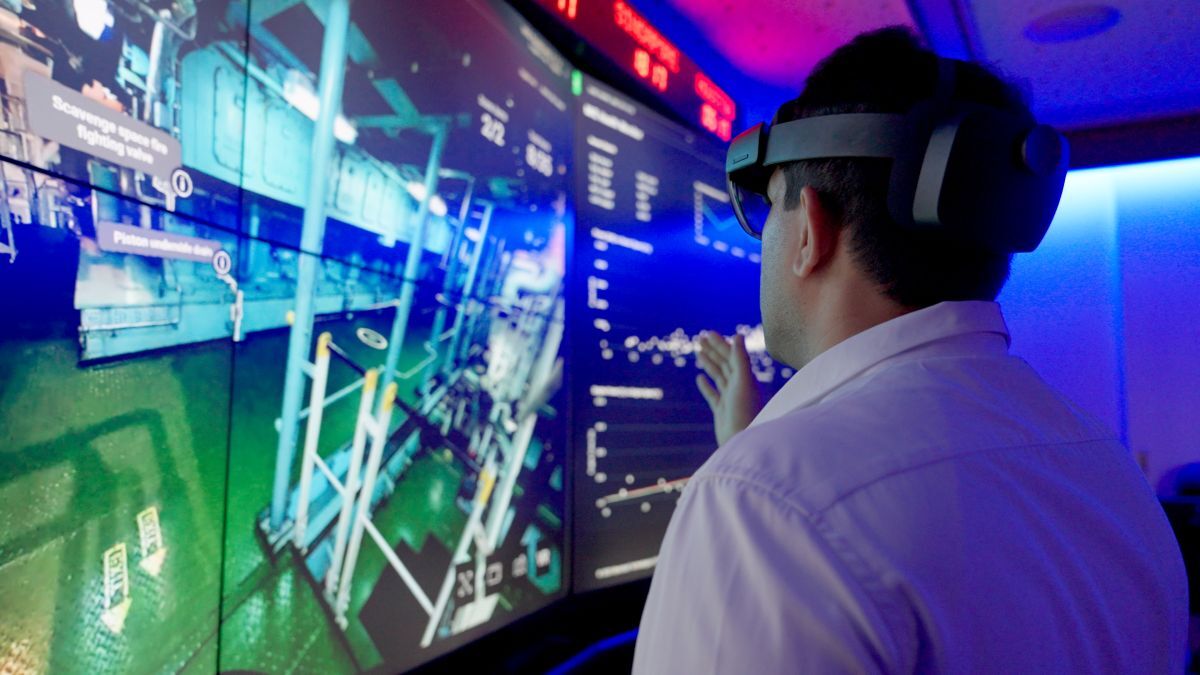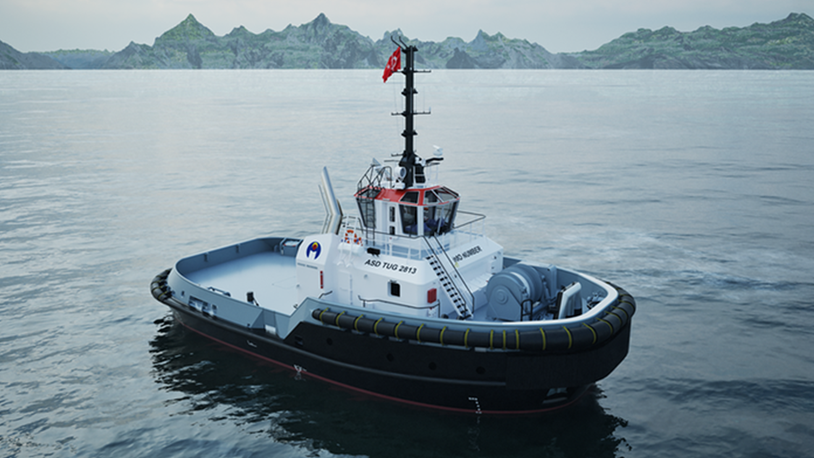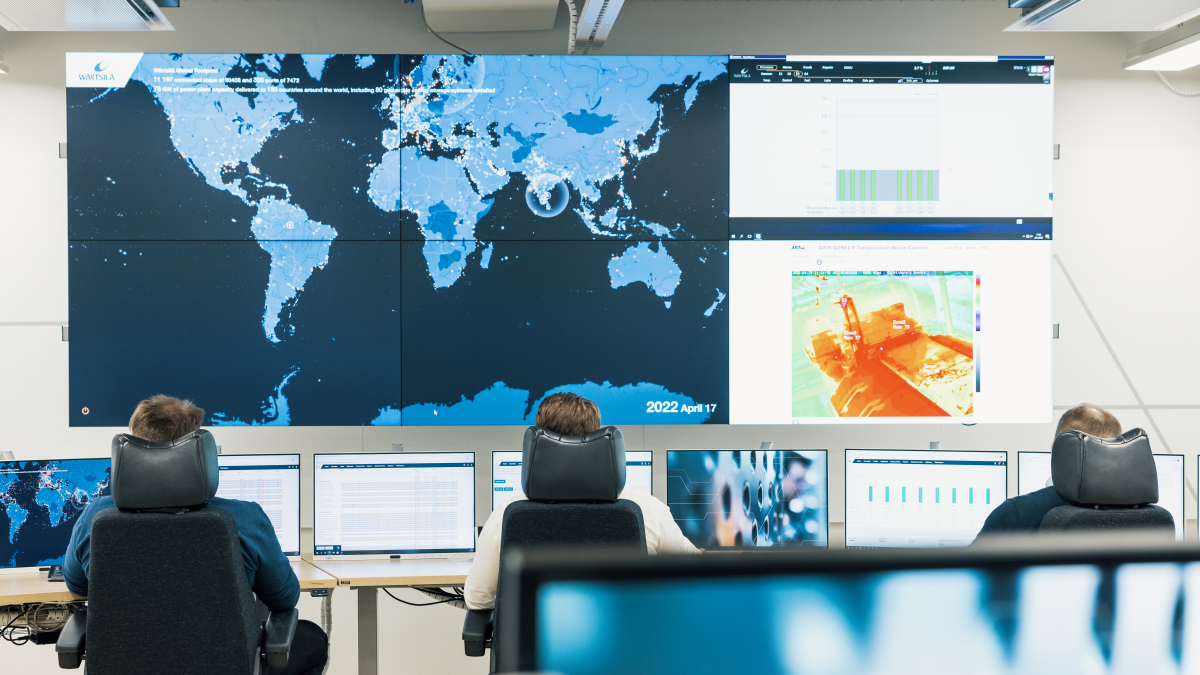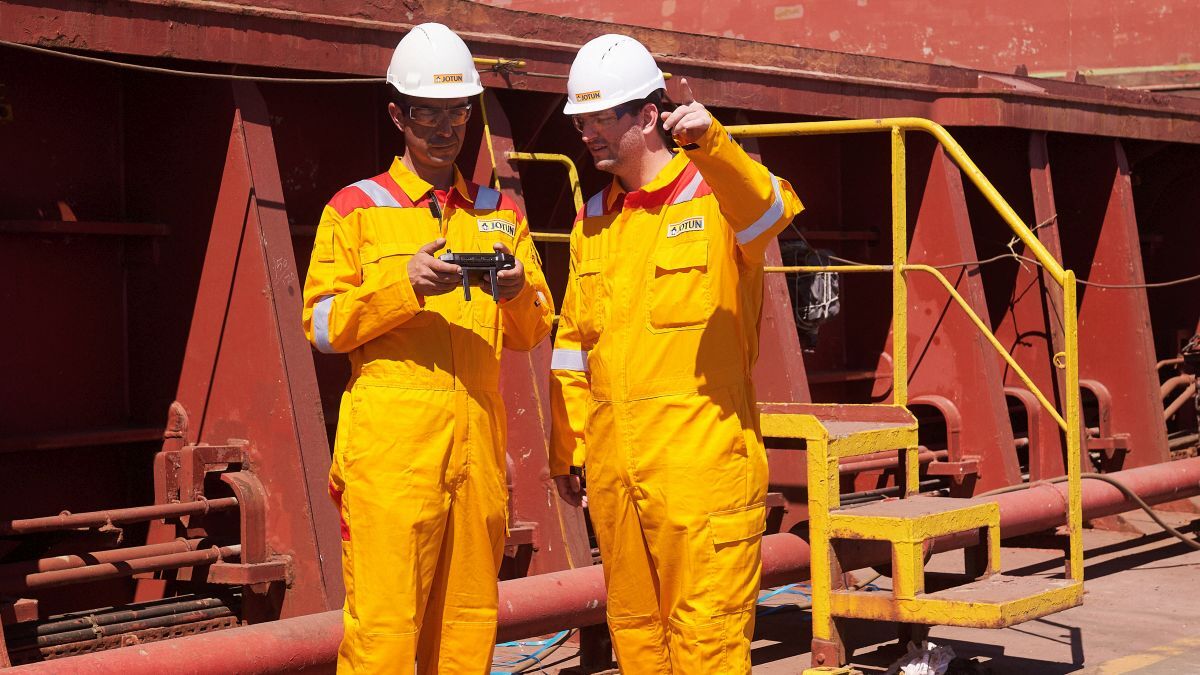Business Sectors
Events
Contents
Register to read more articles.
Digitalisation technologies transform port operations
Innovative solutions such as digital twins, artificial intelligence and LEO satellites can be used to revolutionise the port services sector
While the maritime industry is poised to undergo a profound transformation fuelled by digitalisation technologies, the port services sector has been slow to adopt digital solutions. It is hindered by barriers such as communication challenges, vessel size limits and the perceived cost of implementation.
However, the potential benefits of digitalisation and artificial intelligence (AI) are immense; there are many technologies available that would have a significant impact on the port service domain, says former head of technology and logistics at P&O Maritime Logistics, and now chief technology officer at SmartSea, Kris Vedat.
“Digital technologies have the potential to bring transformative changes,” he tells Riviera. “This includes real-time monitoring of fuel consumption; helping operators identify inefficiencies; and AI-enabled route optimisation, enabling them to reduce fuel usage and emissions even further, contributing to cost savings and environmental sustainability.”
By leveraging real-time data, port service operators can assess commercial opportunities more effectively; strategically deploy vessels, particularly in tug operations, to meet demand while minimising operational costs; and gain insights into market trends for better strategic planning.
However, there are barriers to digitalisation in the port services sector, reducing its adoption across the industry, Mr Vedat says. A primary one being the lack of an affordable and reliable communication infrastructure. “Digitally, ships do not talk to ports at all which can cause huge delays when a ship gets to port,” says Mr Vedat. Other significant hurdles include “high implementation costs, cyber-security concerns, and the need for workforce training.”
There are options that would enable the port sector to benefit from digitalisation. “Collaboration among stakeholders, investment in advanced technologies and a focus on upskilling the workforce will be essential to overcome these challenges,” says Mr Vedat. “The path to digital maturity in the port services sector may be complex, but the benefits far outweigh the obstacles.”
Technical solutions
Using low Earth orbit (LEO) satellite technology with high-speed, low-latency connectivity, would reduce costs, making it available for smaller vessels.
“With the advances in communication and reduced costs of LEO, this sector should take advantage of the data available to optimise operations, have a better awareness of market opportunities, and provide improved services to their clients,” says Mr Vedat.
Port service providers can “harness the vast amount of data available to optimise operations and resource allocation, and enhance situational awareness, ensuring safer and more efficient operations,” he says.
Digital twin and virtual reality technologies enable the creation of virtual replicas of terminal layouts, vessel interiors and traffic flows, while AI-powered tools can predict maintenance needs and optimise berth allocation by analysing historical and real-time data.
“This reduces downtime, enhances operational efficiency and minimises costs,” says Mr Vedat. “Furthermore, in a bid to ensure better co-ordination and transparency, the use of centralised platforms to integrate stakeholders could provide seamless data sharing among terminal operators, shipping lines and logistics providers.”
Predictive maintenance systems can also detect potential failures before they occur, which means there is less downtime and repair costs while also improving safety. “Sensors and AI are increasingly being used to monitor the condition of marine assets,” he says.
“Online platforms connecting service providers with vessel operators can also help to streamline operations, improving communication channels, and ensuring efficient deployment of resources, to enhance the reliability of tug and pilot services.”
SmartSea, backed by technology provider SITA, is taking lessons learned from the aviation industry and is using its technology to transform digitalisation in maritime through an integrated platform. It uses OneLink’s digital twin technology to help boost port services by providing smarter, more efficient and safe technology solutions.
Riviera’s TUGTECHNOLOGY ‘25 will be held in Antwerp, 22-23 May 2025. Click here for more information on this industry-leading event.
Related to this Story
Events
Maritime Environmental Protection Webinar Week
Cyber & Vessel Security Webinar Week
The illusion of safety: what we're getting wrong about crews, tech, and fatigue
Responsible Ship Recycling Forum 2025
© 2024 Riviera Maritime Media Ltd.














